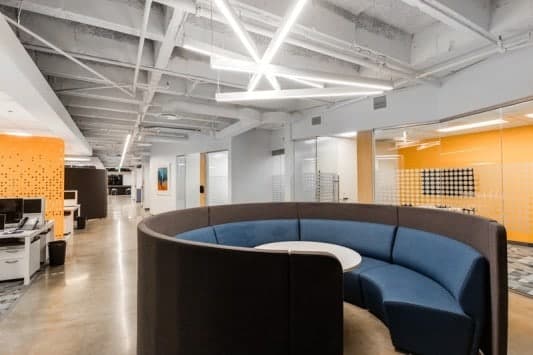Creating a safe work environment is crucial for productivity and employee well-being. This article outlines effective design strategies to enhance workplace safety and mitigate risks.
Understanding Safety Regulations
Familiarize yourself with local safety codes and regulations.
Before designing a workspace, its essential to understand the relevant safety regulations and codes that apply to your location. These regulations are often set by government bodies and outline mandatory safety standards to ensure employee protection. Compliance with these rules helps to avoid legal issues, fines, and potential harm to employees. Furthermore, staying updated on any changes in regulations is vital, as these can influence design decisions. Engaging with local safety experts may also provide additional insights into best practices specific to your industry.
Incorporating Ergonomics
Design workplaces to reduce physical strain on employees.
Ergonomics plays a critical role in workplace safety by aiming to design tasks, workspaces, and tools to fit the employee’s needs. Implementing ergonomic principles reduces the risk of musculoskeletal disorders, which are common in many work environments. This can include adjustable workstations, appropriate seating, and tools designed for ease of use. Training employees on proper posture and how to use ergonomic equipment can further enhance safety. Ultimately, a well-designed ergonomic workplace contributes to greater employee satisfaction and productivity.
Utilizing Safe Materials
Select non-toxic, durable, and safe mateDesigning for Workplace Safety: Best Practices and Considerationsrials for the workplace.
The choice of materials in workplace design significantly impacts safety and health. Non-toxic materials help reduce the risks associated with harmful chemicals and enhance indoor air quality. Additionally, using durable materials reduces the likelihood of wear and tear, which could lead to hazardous situations. For instance, flooring should be slip-resistant to prevent accidents, and partitions should not obstruct emergency exits. By prioritizing safe materials, employers can create a healthier and more secure work environment.
Implementing Effective Lighting
Ensure adequate and appropriate lighting throughout the workplace.
Proper lighting is essential for workplace safety as it affects visibility and allows employees to perform tasks safely. Inadequate lighting can lead to accidents, while overly bright lights can cause glare, affecting concentration. Incorporating adjustable lighting options enables employees to customize their workspace according to their preferences. Moreover, strategic placement of lights in high-use areas can minimize the risk of hazards. Therefore, investing in quality lighting systems should be a fundamental consideration in workplace safety design.
Creating Clear Pathways
Design spaces with clear and unobstructed pathways.
Clear pathways are vital in preventing accidents and ensuring efficient movement throughout the workplace. Cluttered walkways can lead to trips and falls, which are among the most common workplace injuries. Design should facilitate easy navigation and clearly indicate emergency exits and routes. Implementing signage that directs employees and visitors can further enhance workplace safety. Regularly maintaining these pathways by ensuring they are free of obstacles is also crucial in promoting a secure environment.
Incorporating Safety Features
Integrate safety features into the design of the workspace.
Incorporating safety features like emergency alarms, fire extinguishers, and first-aid kits into the workplace design is essential for preparedness in emergencies. Design should include easily accessible safety equipment and clearly marked emergency exits. Regular safety drills can familiarize employees with these features, thereby enhancing their effectiveness in real emergencies. Additionally, investing in technology for monitoring safety conditions can be beneficial. By integrating these elements into the design from the outset, organizations can ensure a culture of safety.
Engaging Employees in Safety Design
Involve employees in the safety design process.
Engaging employees in the design of safety features fosters a sense of ownership and responsibility for workplace safety. Employees can provide valuable insights based on their experiences and suggest improvements that may enhance safety. Surveys, focus groups, or safety committees can be effective in gathering this feedback. Furthermore, involving employees in safety training and discussions builds a culture of safety consciousness. Ultimately, collaboration on safety design contributes to a more proactive approach to workplace safety.
Designing for workplace safety requires careful consideration of various factors, including regulations, ergonomics, materials, lighting, pathways, safety features, and employee involvement. By prioritizing these elements, organizations can create a safer, more productive work environment for everyone.

